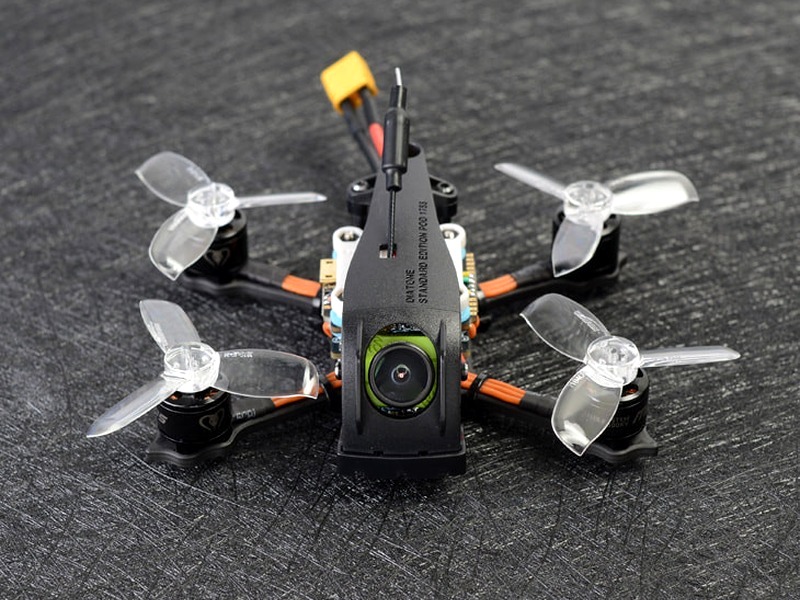Why can`t drones fly over 400 feet?

Drones, or unmanned aerial vehicles (UAVs), are becoming increasingly popular for a variety of applications. From aerial photography to package delivery, drones can be used for a variety of purposes. However, there are certain restrictions on how high drones can fly. In the United States, drones cannot fly higher than 400 feet above ground level.
The Federal Aviation Administration (FAA) is responsible for regulating airspace in the United States. According to the FAA, drones cannot fly higher than 400 feet above ground level. This rule is in place to ensure the safety of other aircraft that may be flying in the same airspace. If a drone were to fly higher than 400 feet, it could interfere with a manned aircraft, potentially leading to a dangerous situation.
The FAA also requires drones to remain within the operator’s line of sight. This means that the drone must be close enough for the operator to see it at all times. This is another safety measure, as it ensures that the operator can keep track of the drone’s location and avoid any potential collisions.
In addition to the FAA’s regulations, some states have their own laws regarding the use of drones. For example, in California, drones are not allowed to fly over people, animals, or private property. Other states may have different regulations, so it’s important to check with your local government before flying a drone.
Finally, some drone manufacturers have imposed their own restrictions on how high drones can fly. These restrictions are typically based on the drone’s capabilities and the type of battery it uses. For example, some drones may not be able to fly as high as 400 feet if they are using a smaller battery.
In summary, drones cannot fly higher than 400 feet above ground level due to regulations from the Federal Aviation Administration (FAA). This rule is in place to ensure the safety of other aircraft that may be flying in the same airspace. Additionally, some states and drone manufacturers may have their own restrictions on how high drones can fly. Therefore, it’s important to check with your local government and the drone manufacturer before flying a drone.
Comments / Question
2. Interference with air traffic control: Flying drones over 400 feet can interfere with air traffic control systems, leading to potentially dangerous situations.
3. Loss of control: Flying drones over 400 feet can result in a loss of control due to wind, weather, or other factors, leading to a crash.
4. Privacy concerns: Flying drones over 400 feet can lead to privacy concerns, as they can capture images of people and property without their knowledge or consent.
5. Legal issues: Flying drones over 400 feet can lead to legal issues, as some countries have laws restricting the altitude at which drones can be flown.
2. The FAA also requires drone operators to fly their drones during daylight hours, and not fly them over people or moving vehicles.
3. The FAA also requires drone operators to register their drones with the FAA before flying them.
4. Additionally, the FAA requires drone operators to obtain authorization from the FAA before flying their drones in certain restricted areas, such as near airports and military bases.

